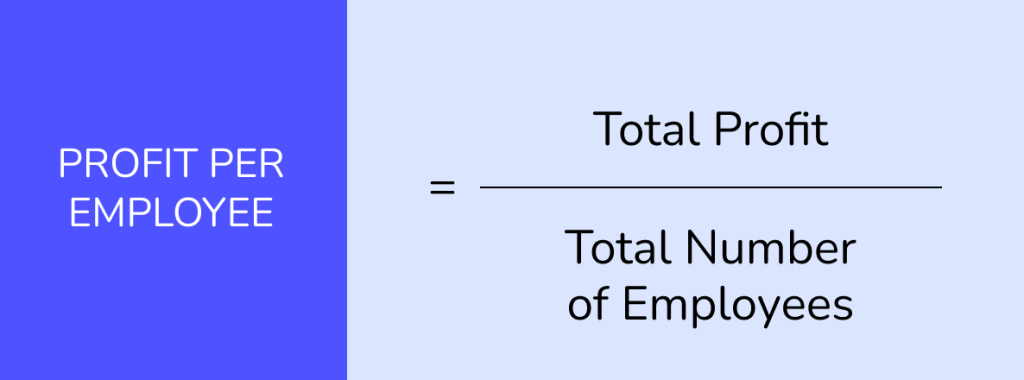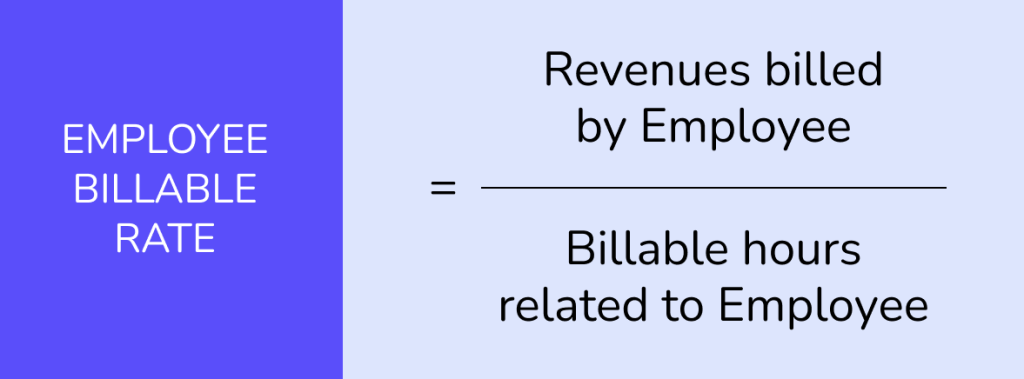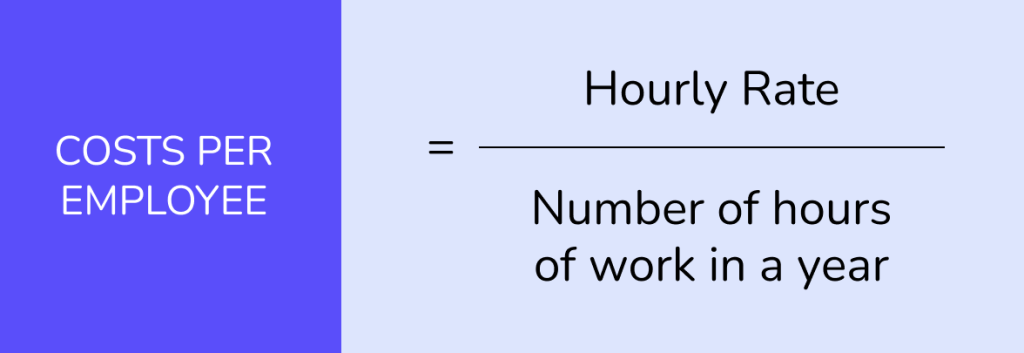Overview
Every company has different areas that make up its overall success, such as projects, accounting, HR, marketing, and more. Each of these areas has its own goals and ways to achieve them.
It’s important to keep track of how each department is performing and there are metrics which help you do so more accurately. However, when it comes to evaluating the performance of your employees, it can be a challenge.
There isn’t a one-size-fits-all approach to accurately measuring how effective someone’s work is. But as an employer or manager, it’s important to ensure that each member of your team is using their skills and abilities to move the company forward. This is where KPIs, or Key Performance Indicators, can help.
Measuring employee performance is a critical component of managing a successful business. Key Performance Indicators (KPIs) provide valuable insights into employee productivity, customer satisfaction, and overall organizational effectiveness. But with so many metrics to choose from, how do you know which KPIs are the most important to track?
In this blog post, we’ll explore 10 of the best KPIs for measuring employee performance, providing examples, and describing when to use them.
What are KPIs
First and foremost, what are Key Performance Indicators (KPI)?
Well, think of them as a way to measure how well employees or teams are doing in achieving specific business goals. KPIs are like scorecards that businesses use to track progress and identify areas where they’re doing well and where they need to improve. They can measure both financial and non-financial aspects of performance, and can vary depending on the department or role being measured.
For instance, a salesperson’s KPIs might include things like the number of sales calls they make, their conversion rates, or the amount of revenue they generate.
On the other hand, a customer service representative’s KPIs might include things like response times, customer satisfaction ratings, or how quickly they’re able to resolve customer complaints. Ultimately, KPIs are important because they help businesses set targets, monitor progress, and make informed decisions to achieve their goals.
What Key Performance Indicators To Use For your Employees
When it comes to figuring out the right KPIs for employees, the key is to work together to set goals that make sense for the business and for the employee’s role. This means taking some time to understand what the employee is responsible for and how that contributes to the overall goals of the company. Then, you can work together to identify specific targets that are measurable and achievable, whether that’s bringing in new customers, generating revenue, or improving customer satisfaction.
It’s important to check in regularly with the employee to make sure that the KPIs are still relevant and realistic. This means providing feedback and support as needed, and adjusting the goals if necessary.
Most KPIs revolve around measuring the following
- Quality of work
- Output quantity
- The speed of work
- Income generated.
So now that you know what KPIs are, and how to assign them to employees and areas of your business let’s dive into 24 of the most important performance metrics you should be using in your business.
1.Revenue Per Employee
Revenue per Employee is a way to measure how much money each employee is making for the company. It’s calculated by dividing the total amount of money the company made over a certain period of time by the number of employees working during that same period.
For example, let’s say a company made $10 million in a year and has 50 employees. To calculate the Revenue per Employee, you would divide $10 million by 50, which would give you an RPE of $200,000. This means that, on average, each employee generated $200,000 in revenue for the company that year.
Revenue per Employee is a useful KPI for companies looking to understand the impact of their workforce on the bottom line.

2.Profit Per Employee
Profit per Employee is a great KPI that can be measured for the whole company, teams, or individual employees. But it’s only really useful for employees who directly contribute to the company’s profits. So if you’re an admin or working in a non-revenue-generating role, this KPI might not be the best way to track your performance. Don’t worry though – there are other KPIs that can be used to measure how well you’re doing in your role.
It’s a good idea to track Profit per Employee over time so you can see if anything is changing, and also to compare it to other companies in your industry. If other companies have a higher Profit per Employee, it could be because they’re charging more money for their products or services, or because their employees work more efficiently or longer hours. By keeping an eye on this KPI and comparing it to the competition, businesses can figure out how to improve their performance and make more money.

3.Utilization Rate
Employee Utilization Rate is a metric that shows how much time an employee spends on billable activities versus administrative or non-billable tasks. This KPI is especially useful for professional service companies.
To calculate this KPI, you need to know how many hours an employee has worked during a specific period, and how many of those hours were spent on billable activities. You can then calculate the Utilization Rate by dividing the billable hours by the total working hours.
Basically, this KPI helps companies understand how well their employees are using their time. Are they spending most of their time on tasks that make money for the company, or are they doing things that don’t bring in revenue? By tracking this metric, companies can make sure their employees are being as productive and efficient as possible.

4.Capacity Utilization Rate
Capacity Utilization is a KPI that shows how much of a company’s potential output it’s actually using. In other words, it measures how much of its resources a company is using to produce goods or services. When it comes to employees, Capacity Utilization is all about comparing the actual performance of employees to the maximum performance they could achieve with the resources they have.
This KPI is especially useful for employees who work in roles related to the production of physical goods, as their output can be easily calculated by the number of units they produce per hour. However, it might not be the best way to assess the performance of employees in non-production roles, like HR staff, whose work is more about quality than quantity.

5.Average Billable Rate Per Employee
Average Billable Rate per Employee is a KPI that shows how much money a company makes for every hour an employee works. It’s a way to measure how profitable an employee is, based on how much time they spend on billable tasks. This KPI can be compared to previous periods and to other companies in the same industry.
Basically, this metric represents the hourly rate a company charges its clients for the services of a specific employee. It’s a good way to figure out who your top-performing employees are and who is bringing in the most revenue for the company. By tracking this KPI over time, companies can see if their employees are becoming more or less profitable, and make decisions accordingly.

6. Value of Project Performed
Earned Value of Projects is a KPI that helps measure how well a project is performing. It’s calculated by comparing the project’s budget to the percentage of the project that’s been completed. In other words, it gives you a sense of how well you’re sticking to the budget for a project.
By carefully monitoring this KPI, you can keep scope creep to a minimum. This is to ensure your projects remain profitable, while also staying within the budget quoted for your clients. By comparing the Earned Value to the original budget and schedule, you can make informed decisions about how to adjust the project to ensure its success.

7. Number of Clients Covered
The Number of Clients Covered is a KPI that shows how many clients each employee is working with. If your company relies heavily on teamwork, you can calculate this metric per team. This is especially useful for projects that involve different teams at different stages.
But you can also assign specific clients to each employee. In this case, the KPI is a good indicator of employee efficiency and progress. You’d expect this number to grow as employees gain more experience at the company. Seniors will usually have more clients than juniors, but there shouldn’t be a big difference among employees at the same level.
However, the number of clients isn’t the only factor to consider. Some clients might be more demanding than others, and certain projects might be more complex. So it’s important to also pay attention to the difficulty of tasks and projects being executed. Overall, this KPI is a good way to track employee progress and assess their workload.
8. Costs Per Employee
Costs per Employee is a KPI that shows how much money a company spends on each employee. This includes things like salaries and overhead costs.
This KPI is useful for comparing employee costs to previous periods in your company. You can see if the costs are going up or down over time. You can also compare your costs to other companies in your industry to see how you’re doing compared to the competition.
By keeping an eye on this KPI, companies can make sure they’re spending their money efficiently and effectively. If costs per employee are going up, it might be time to reassess expenses and see where savings can be made. Alternatively, if costs are going down, it might indicate that productivity is increasing and that employees are becoming more efficient.

9. Billable Hours per Employee
This KPI is only really useful for employees who directly make money for the company. For example, if you’re running a consulting firm, you’ll want to focus on billable hours for employees who work directly with clients. This means that hours spent on specific projects and clients will be considered billable, while other administrative or non-client-facing tasks might not be.
By tracking billable hours for your consultants, you can get a sense of who is bringing in the most money for the company. This KPI is especially useful for understanding the productivity and efficiency of your consultants, and can help you make decisions about how to allocate resources to different projects or clients.
10. Non-billable Hours per Employee
Non-billable Hours per Employee is a KPI that measures the time an employee spends on tasks that can’t be directly billed to a client. This includes things like administrative work and internal meetings, which might not be related to a specific project.
Some consulting companies struggle with non-billable hours, as clients might not be willing to pay for tasks that they don’t see as directly contributing to the project. This can be frustrating for employees and can cost the company time and revenue. One way to address this is to consider special fees for non-billable tasks that are still related to the client’s needs. This can help ensure that employees are compensated for all the work they do, not just the time they spend on billable tasks.
It’s also important to remember that not all tasks are created equal. While billable and non-billable hours are important to track, it’s also important to consider the nature of the work being done. Some tasks might be more complex or time-consuming than others, even if they’re not directly billable. By keeping an eye on this KPI and other related metrics, consulting companies can ensure that they’re using their employees’ time effectively and optimizing their revenue streams.
To Conclude
In conclusion, there are many different key performance indicators that companies can use to measure employee performance. By tracking metrics like revenue per employee, profit per employee, and billable hours, companies can get a better sense of how well their employees are contributing to the bottom line. Other KPIs, like capacity utilization and earned value of projects, can help companies ensure that they’re using their employees’ time and resources effectively. By paying attention to these metrics and making data-driven decisions, companies can optimize their workforce and improve their overall performance.
If you’re looking for a tool to help you accurately track employee data and monitor these KPIs, we recommend trying SystemX. Our platform makes it easy to track and analyze employee performance, so you can make informed decisions and improve your bottom line. And right now, we’re offering a 14-day free trial so you can see for yourself how powerful our tool can be. Visit our website to learn more and sign up for your free trial today.

